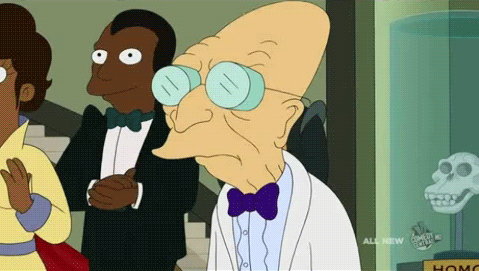On this day, 31 January 1919, striking workers fought police in the centre of Glasgow and the army was deployed to restore order. The strikers demanded the working week be reduced from 54 to 40 hours, to create jobs for demobilised soldiers and increase workers’ leisure time.
The strike began on Monday 27 January, and by Friday 31st, 60,000 workers had downed tools. The newspapers were outraged: The Scotsman referred to “Terrorism on the Clyde” and the Glasgow Herald claimed the workers were deploying “the methods of terrorism.” On this day, upwards of 60,000 protesters gathered in George and sang “The Red Flag.” The Glasgow Evening News described what happened next: “The police found it necessary to make a baton charge, and strikers and civilians - men, women, and children - were felled in the melée that followed.”
Initially overwhelmed, the workers quickly retaliated and forced the police back. A turning point in the battle came when a lorry carrying glass bottles was trapped by the crowd. As the strikers began to pelt the police with stones and bottles, many police broke ranks and fled. Led by demobilised servicemen, the workers then marched to Glasgow Green, where they were again attacked by the police. This time they uprooted iron railings and counter-charged. The violence continued until late into the night, and the Secretary of State for Scotland famously told the War Cabinet, “It is a misnomer to call this situation in Glasgow a strike - this is a Bolshevist uprising."
So the following morning, while the local regiment were confined in their barracks, 10,000 troops entered the city. With tanks and machine-gun detachments set up in key locations and thousands of soldiers patrolling the streets, the militancy of the strike was annulled. On Monday 10 February, after the employers agreed to a 7-hour reduction in the working week, the strike was called off.





